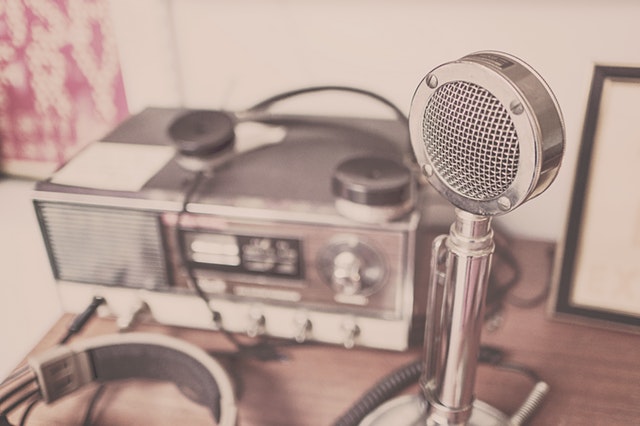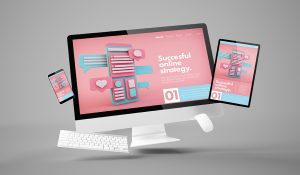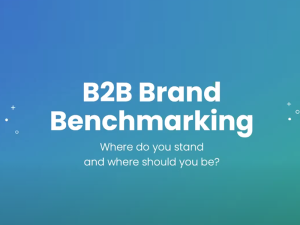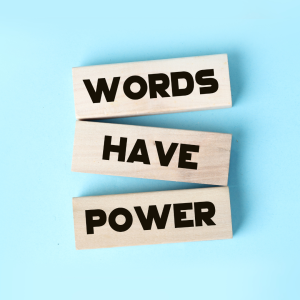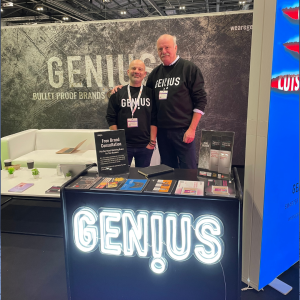Should medium sized businesses use traditional media? This is a really common question from our clients, most of whom are mid sized enterprises with £1-50 million turnover. Here we explore why your business might choose to use it and look at the thorny issue of how much it actually costs. Should you use it? Can you afford it? Can you afford not to?
Why would a medium sized business use traditional media?
There is a (to our minds rather simplistic) argument that traditional media is dead and it’s all about digital now. And there are sectors where this is more true than not. But to write off all traditional media for all business types is just dumb. Here’s why:
- Traditional media still works and digital isn’t a silver bullet. Depending on what you’re selling, who you’re selling it to and where you’re selling it, there’s still room for traditional media to be effective. If it wasn’t, marketers in our analytics driven world wouldn’t keep buying it. Shopping channels would be a thing of the past. There would be no print media. In the same vein, ad blindness is just as big a challenge online as in traditional media. The fact that many people now choose to stream their media ad free doesn’t make them any more likely to pay attention to a display ad on their favourite website.
- Traditional and digital are growing closer. New media giants such as Google, Facebook and Amazon are further blurring the lines between traditional and digital all the time in the TV/video space, to the point where it almost doesn’t make sense to talk in these terms any more. Similarly, traditional outdoor media companies are pulling digital into their offering all the time.
- Digital isn’t always cheaper than traditional media. This has been a very damaging myth for the traditional media space. The reality is that, yes, a 30 second TV spot during a Premiership football match or a belly wrap on a leading glossy mag will cost more than popping up a sponsored post on your Facebook page. But you could also be paying £3-4 per 1000 views on your social platform compared with £2 per 1000 listeners on radio.
What does traditional media really cost?
When you’re a start up or SME, you tend to steer clear of traditional media on the grounds that it’s generally more expensive than digital and much less easy to use in a targeted and agile way. The typical example we tend to think of is a new kitchen shop spending £200 on a small ad in the local paper hoping potential customers will see it, vs. deploying that £200 on PPC targeting people who are actively searching for a new kitchen in the area closest to the shop.
As a medium sized enterprise, you will (or certainly should) have taken care of all this low hanging digital fruit in your budget already. Then you get into what else you’re going to invest in to generate the most possible revenue.
For most B2B firms this still means digital or at least below the line tactics like events and direct mail, as it is rare that you get the right concentration of decision makers engaged in traditional media to make it worthwhile.
- OUTDOOR: Traditional 48 sheet paper billboard sites are available from as little as £160 per week, so this can be a surprisingly affordable way to make a big splash in the local area, either for a specific campaign or as a longer term brand building exercise. Higher profile locations and digital outdoor screens attract premium prices, but shopping around for affordable spots that still have decent through traffic can work well. Just bear in mind whether the site is mostly walked by or driven by as this will affect what creative you use.
- RADIO: As mentioned before, radio is generally priced at £2 per 1000 listeners, so an ad on a 100,000 listener show will cost £200. A one off ad is unlikely to get cut through unless you’re giving away free money, so you’ll need to book a series of slots that provide repetition at an agreed frequency over an agreed period.
- TV: Top end ad slots on TV can go for up to £30,000, but there are some far better bargains to be had. Many niche and less mainstream channels offer very affordable day rates of between £50-£150, allowing you to create a campaign that’ll work without spending millions.
- PRINT: After TV, print is the area most responsible for giving traditional media it’s expensive reputation. And deservedly so. Even very minor publications can ask 5 figure sums for high profile spots like inside covers. The key here is to establish the difference between circulation figures and actual readership. People who buy their weekly copy of “Take A Break” are unlikely to leave it unopened and gathering dust, whereas people passively receiving a free B2B publication because they went to a conference may well not bother.
How to make traditional media work for your medium sized business:
- Choose the right opportunities for your brand: The best way to do this is to find a media buying agency with a lot of experience of your sector or territory. They’ll be able to advise on what’d be the best fit and use of your budget. If you’re going it alone, make sure you’re properly examining every opportunity so you know exactly what you’re paying for and how much of the audience you’re paying for is likely to buy.
- Make sure you don’t skimp on creative: Make sure you’ve got enough in the budget for your creative as well as your media spend. If you’ve paid to go to a swanky club, you don’t want to pitch up in your dirty tracksuit bottoms. If you’re laying out the cash for a traditional media spot, you want to look and sound your best, with your most compelling creative, so that investment in the spot results in leads and sales.
- Don’t fall for the media sales spin: We’ve all had that call on Friday morning “Great news, one of our regular advertisers just dropped out of their spot on the inside back cover, so we’re able to offer it to you at 25% off if you book it today.” If a spot is worth having, it will have been on your hit list before that call comes in. Don’t get sucked into urgency/scarcity ploys by sales reps who need to hit target.
We hope this has been useful for you and if you’re looking for some creative genius for your next traditional media campaign, you know how to reach us.
